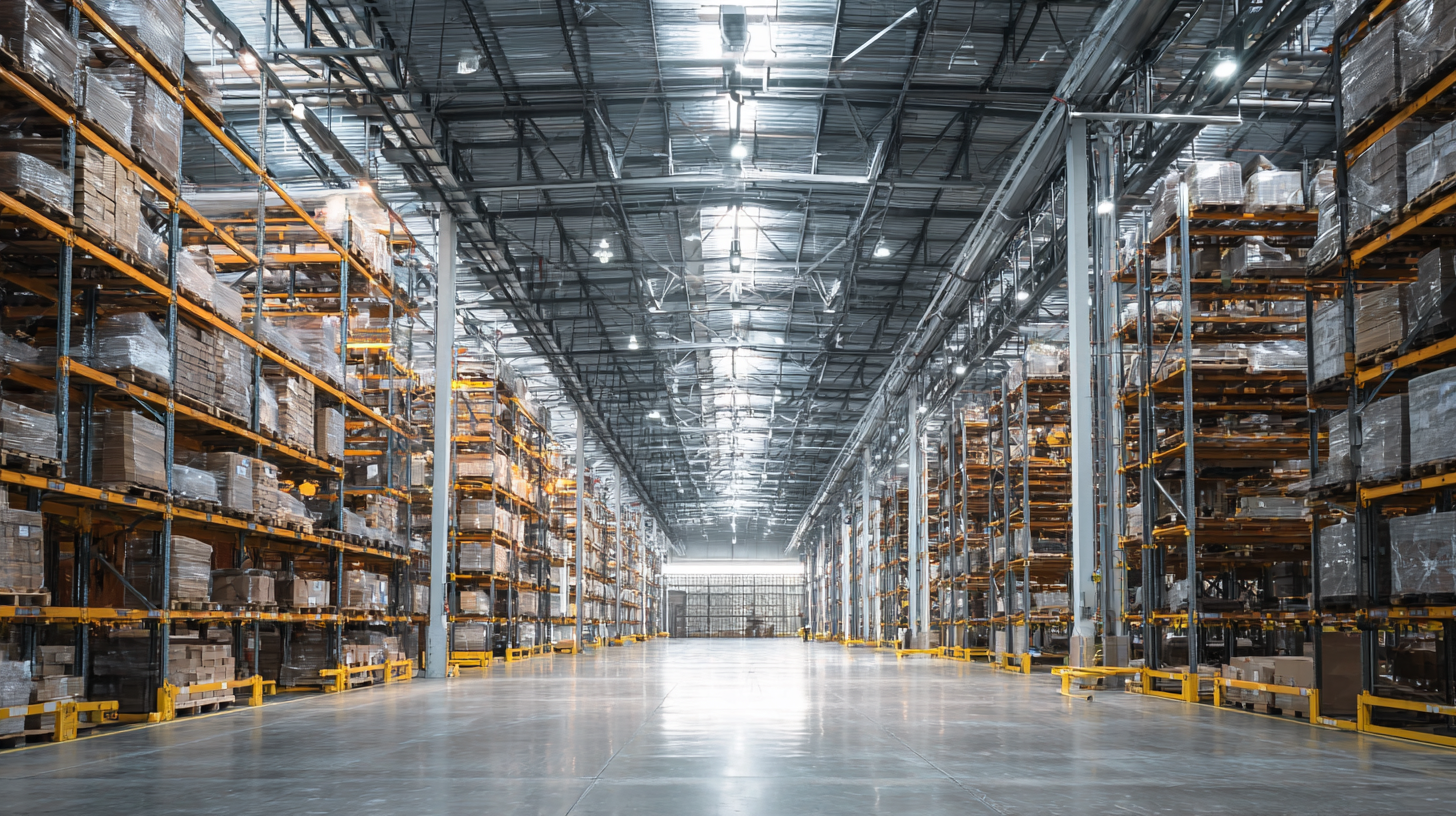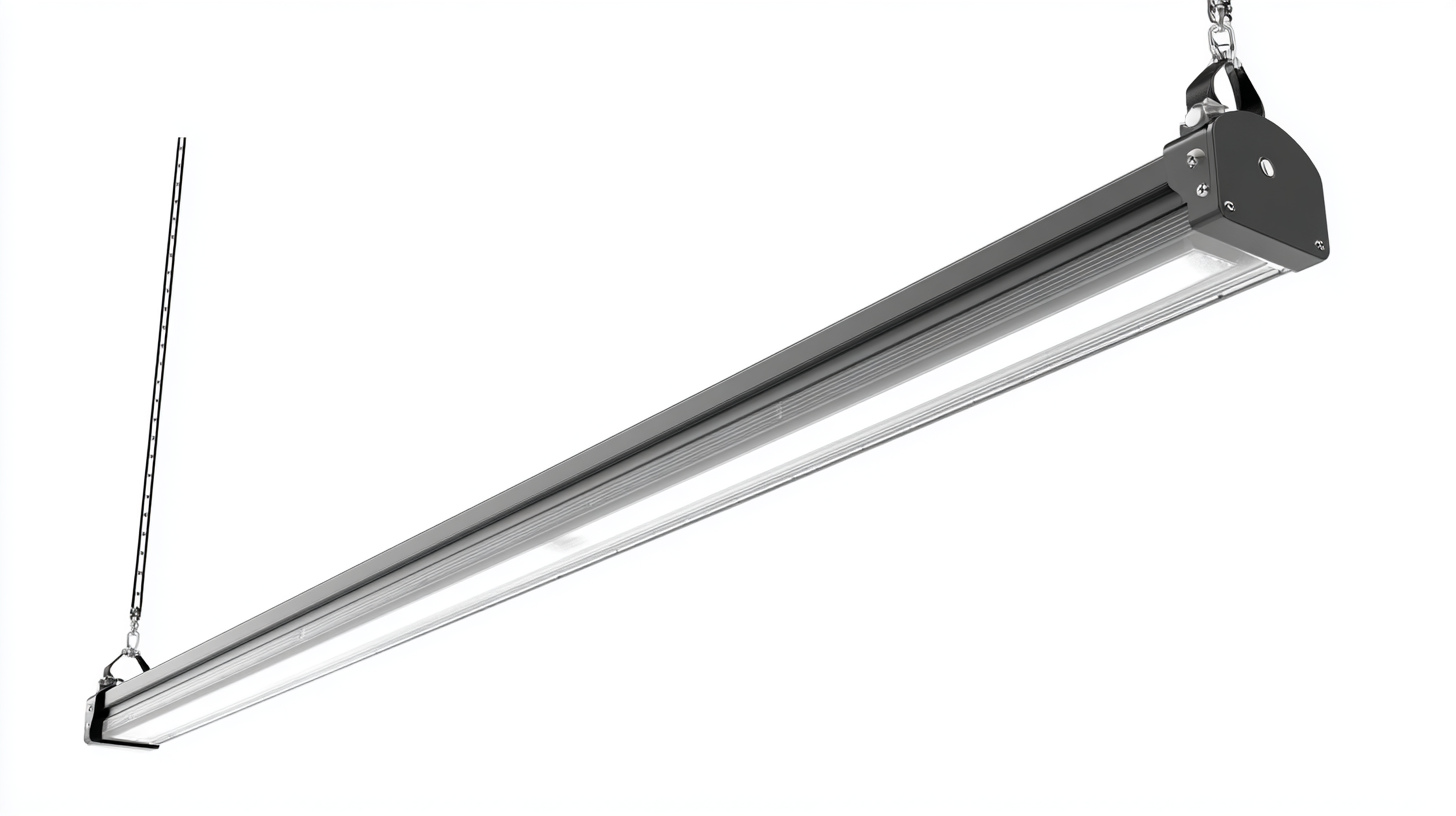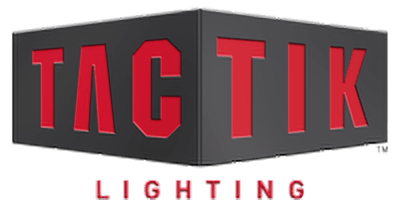Future Trends and Market Insights for Best High Bay LED Shop Lights by 2025
As we look ahead to 2025, the market for High Bay LED Shop Lights is poised for significant growth, driven by advancements in lighting technology and increasing energy efficiency demands. According to a report by ResearchAndMarkets, the LED lighting market is expected to reach $105 billion by 2025, with high bay LED lights being a substantial contributor due to their effectiveness in commercial and industrial applications. These lights are not only known for providing excellent illumination in spaces with high ceilings but also for their longevity and reduced energy consumption, making them a preferred choice among businesses aiming for cost savings and sustainability. As we explore future trends and insights, it becomes evident that High Bay LED Shop Lights will play a crucial role in transforming work environments while addressing evolving market needs.

Emerging Technologies Shaping High Bay LED Shop Lights by 2025
The future of high bay LED shop lights is being shaped by a confluence of emerging technologies that promise to revolutionize both efficiency and user experience by 2025. With advances in artificial intelligence, the integration of smart sensors and automation is set to enhance the functionality of LED lights. These developments not only allow for better energy management but also enable lights to adapt to their environments, adjusting brightness based on occupancy and natural light levels. This shift towards intelligent lighting solutions signifies a broader trend of workplaces becoming more data-driven and efficient.
Another major trend is the increased energy efficiency of high bay LED lights, which have already demonstrated their ability to outperform traditional fluorescent options. Innovations in LED technology mean that future models will provide even more luminous efficacy, offering brighter illumination while consuming less power. As businesses strive for sustainability, the adoption of such energy-efficient lighting solutions will be critical in reducing operational costs and environmental impact. The combination of these technologies is positioning high bay LED shop lights not just as a lighting solution but as an integral part of smart building ecosystems.
Sustainability Trends in High Bay Lighting Solutions
As we look toward 2025, sustainability in high bay lighting solutions is set to take center stage. The manufacturing of LED shop lights is increasingly focused on eco-friendly materials and energy efficiency, reducing the overall carbon footprint. This shift is not only driven by consumer demand but also by regulatory pressures aimed at decreasing energy consumption across various industries. High bay LED fixtures are being designed to use less power while delivering higher luminosity, making them an ideal choice for warehouses, manufacturing facilities, and retail spaces.
Moreover, advancements in technology are paving the way for innovative high bay lighting solutions. Smart lighting systems equipped with sensors and IoT capabilities allow for real-time monitoring and control, further enhancing energy savings. These systems can adapt to the needs of the space, dimming or brightening based on occupancy, which significantly reduces wasted energy. As sustainability becomes a priority, the integration of such technologies in high bay lighting will not only contribute to greener operations but also promote cost savings in the long run. As a result, businesses looking to invest in lighting solutions will find that prioritizing sustainability and smart technologies will place them ahead in the competitive market.
Future Trends in High Bay LED Shop Lights by 2025
This chart illustrates the projected market growth and trends in high bay LED shop lights from 2023 to 2025, focusing on sustainability and energy efficiency. The data represents the estimated market share percentage for different lighting technologies.
Consumer Preferences Influencing LED Shop Light Designs
As the demand for high bay LED shop lights continues to grow, understanding consumer preferences becomes increasingly crucial for manufacturers. By 2025, it is expected that customers will prioritize energy efficiency and long lifespan over mere aesthetics. This shift in focus reflects a broader trend in the marketplace, where sustainability is no longer just a buzzword but a central principle guiding purchasing decisions. Consumers are actively seeking products that not only deliver bright, reliable illumination but also contribute to lowering operational costs and reducing environmental impact.

Moreover, advanced features such as smart technology integration and customizable lighting options are becoming more appealing to modern consumers. The rise of IoT-enabled lighting systems allows users to control their shop lights through mobile apps, enabling them to adjust brightness and scheduling according to specific needs. This adaptability not only enhances the user experience but also serves to optimize energy consumption further. As these preferences evolve, manufacturers will need to innovate their designs, keeping consumer insights at the forefront to succeed in a competitive market.
Market Analysis: Key Players and Competitive Landscape
The competitive landscape of the high bay LED shop lights market is becoming increasingly dynamic as we approach 2025. Key players are focusing on innovation and energy efficiency, driving substantial changes in product offerings. The rise in demand for sustainable lighting solutions is prompting manufacturers to invest in advanced technologies that improve luminosity while minimizing energy consumption. This trend not only enhances product performance but also aligns with global sustainability goals.

To stay competitive, companies should prioritize collaboration with other industry players, particularly in shared technologies and distribution channels. This approach can foster innovation and broaden market reach. Additionally, embracing data analytics to understand customer preferences can guide product development and marketing strategies.
Tips for businesses:
- Conduct regular market analyses and keep abreast of industry trends to identify emerging opportunities.
- Invest in R&D to create products that meet the evolving demands of customers.
- Foster partnerships within the industry to enhance product development and distribution capabilities, ensuring a strong market position in the coming years.
Future Innovations: Smart Features in High Bay LED Lighting
The landscape of high bay LED shop lights is set for remarkable innovations by 2025, with smart features taking center stage. As industries continue to embrace automation and smart technologies, the integration of IoT (Internet of Things) in high bay lighting is projected to enhance operational efficiency significantly. According to a recent report by MarketsandMarkets, the global smart lighting market is expected to grow from $8.2 billion in 2022 to approximately $20.6 billion by 2026, underscoring the increasing demand for intelligent lighting solutions across various sectors.
Innovative functionalities such as motion sensors, remote monitoring, and automated dimming are becoming standard in high bay LED systems. For instance, sensors can adjust lighting levels based on occupancy, not only improving energy efficiency but also extending the lifespan of the fixtures. A study by Deloitte revealed that smart building technologies can reduce energy consumption by up to 35%. As these advancements become more prevalent, businesses can expect substantial cost savings and enhanced productivity in their operations. The move towards smart high bay LED lights is not just a trend; it represents a shift towards more sustainable and efficient industrial practices.
